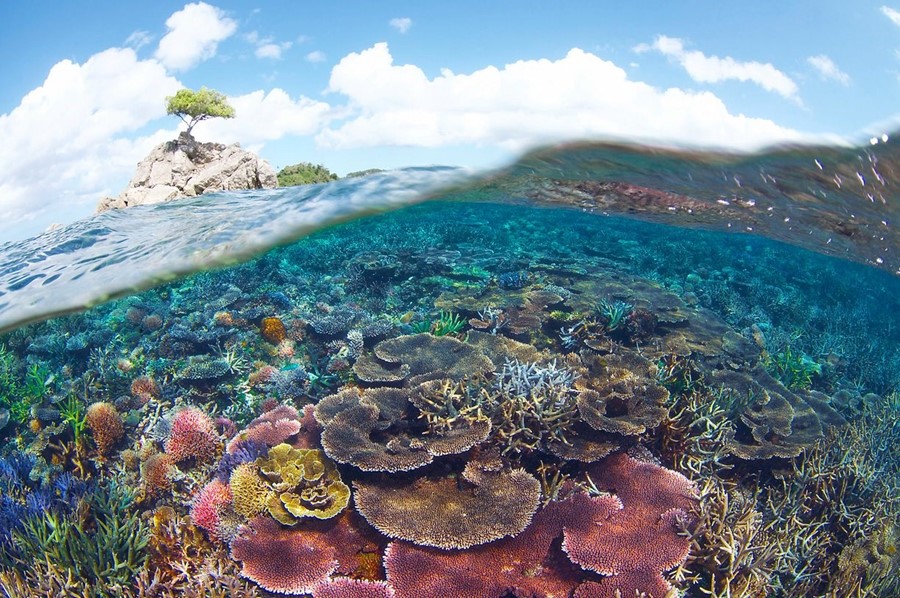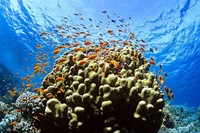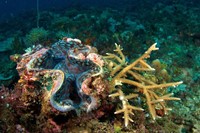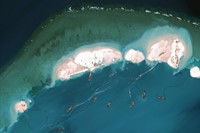super/collider muses on the Tun Mustapha Marine Park off the northern tip of Borneo – a Malaysia-funded safe haven for a fascinating array of coral and creatures
Where on Earth?
Tun Mustapha Marine Park
GPS Coordinates: 7°2'N 116°56'E
After over a decade of planning, Malaysia has unveiled a massive new Marine Protected Area at the northern tip of Borneo. Located in the vast Coral Triangle (a region of sparkling sea stretching across the Philippines, Indonesia, Malaysia, Papua New Guinea, the Solomon Islands and Timor-Leste) the new park will serve as a safe haven for a staggering array of marine life – and the local people who depend on it.

The protected area runs along the jagged north coast of Malaysia’s Sabah province, where mangroves and seagrass beds provide vital habitats for birds, dugongs and fish. Offshore, in the waters where the Sulu and South China seas meet, the vast new park covers nearly a million hectares of open ocean, coral reefs and 50 islands.
The safeguarding of the Tun Mustapha MPA (named after the first governor of Sabah) couldn’t have come at a better time, with the ongoing dispute over the nearby Spratly Islands in the South China Sea worrying marine biologists. The offshore reefs and undersea habitats of the Spratlys have been found to play an important role in ‘reseeding’ marine life and maintaining fish stocks in the region. With the ongoing dredging, reclamation and outright destruction of these formerly-pristine habitats, protecting large areas in nearby waters could help balance the losses.
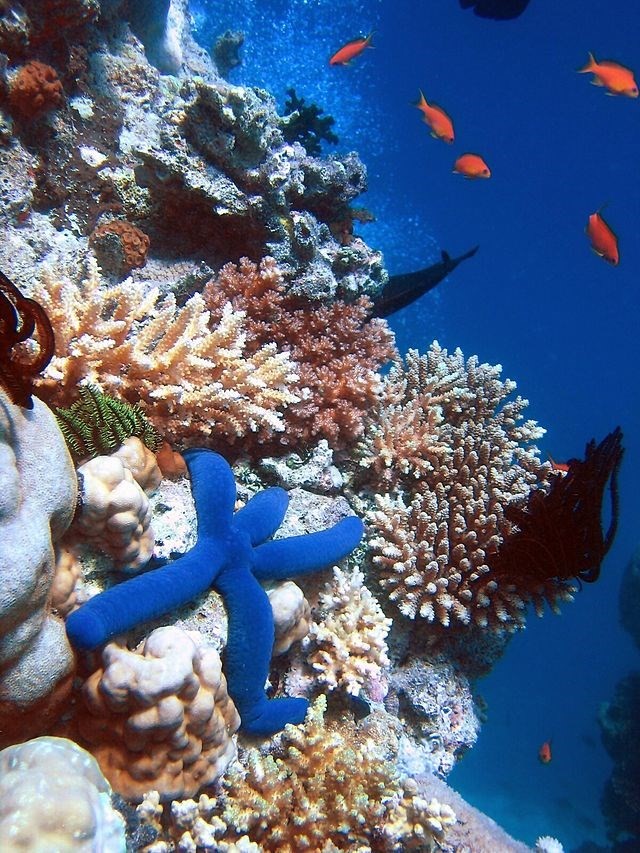
What on Earth?
Malaysia’s new MPA is well-placed to ensure the survival of a wide variety of species – including homo sapiens, of which 180,000 live inside the new park’s boundaries. In the still relatively pristine waters, scientists estimate there are at least 252 species of coral. These reefs, in turn, provide a habitat for 243 invertebrate species, 360 species of tropical fish, four types of sea turtles, a variety of sharks, sea snakes, migratory whales, crocodiles and the aforementioned dugongs – vulnerable ‘sea cows’ which graze in shallow undersea grass fields.
The region has suffered from overfishing, coral reef blasting and sodium cyanide poisoning in the past, but according to WWF Malaysia, much of this coral will recover over the next decade or potentially even sooner. They estimate that protecting the park will generate three times as much revenue as industrial activities would have, with responsible diving, ecotourism and volunteer holidays (like working at turtle nesting sites) being key.
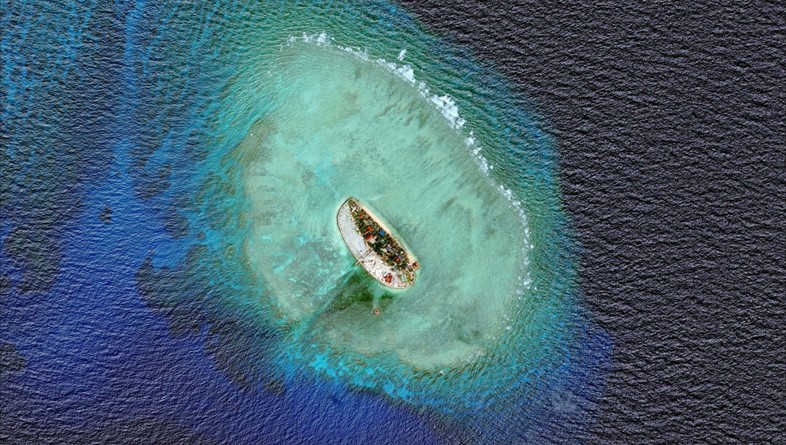
How on Earth?
Sabah (Malaysia’s part of Borneo) is easily reached from mainland Malaysia and nearby countries, both by air and sea – which is better carbon-wise if you have time. Besides housing a scientific field station, the North Borneo Biostation Resort offers beach huts, diving, sustainable fishing and other activities, from £30.00 per night.
